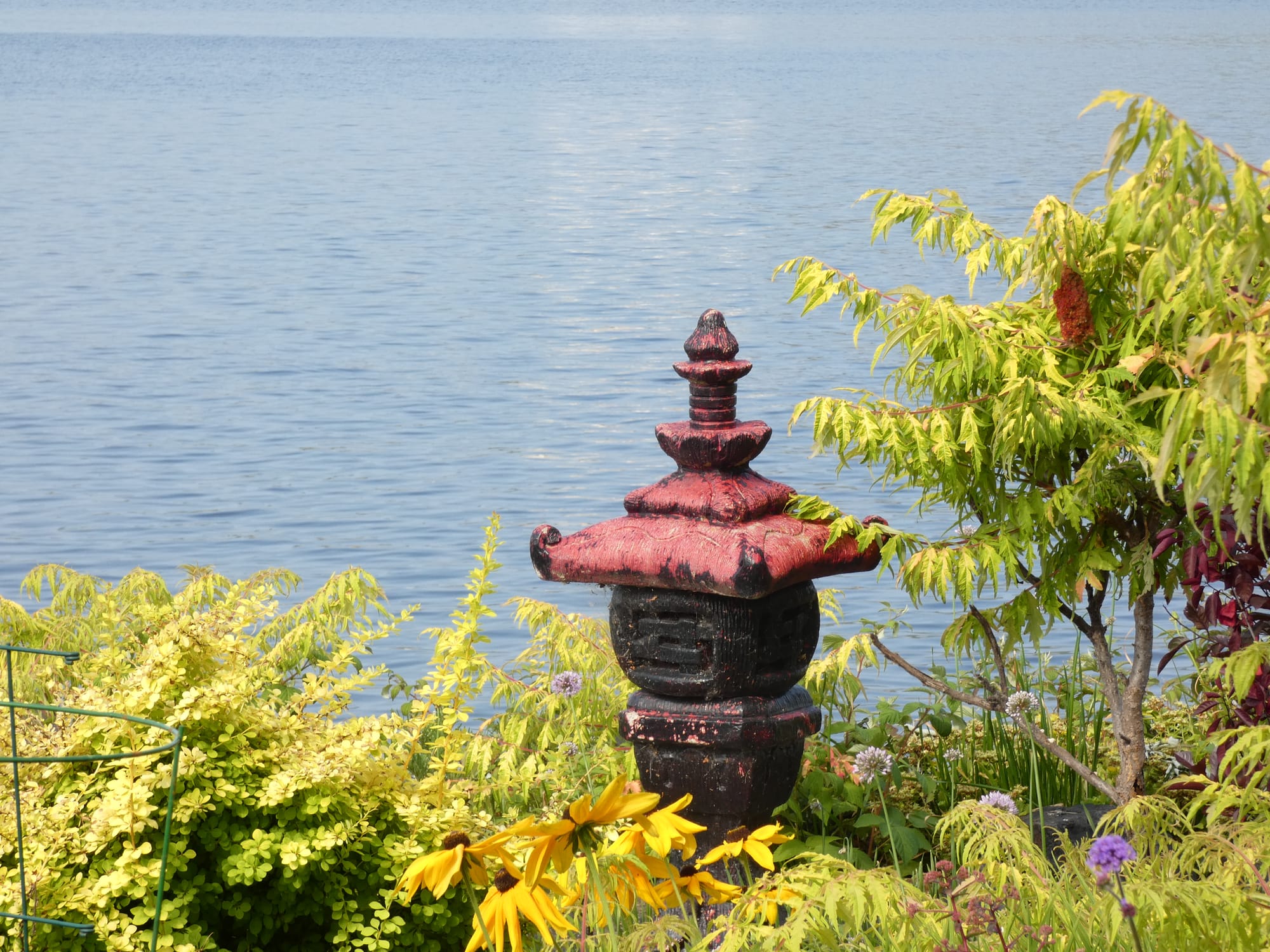What Was Bodhidharma Really Doing? On The Importance of Breaking Through Walls
If we cling to walls about dharma practice, how can we break through?
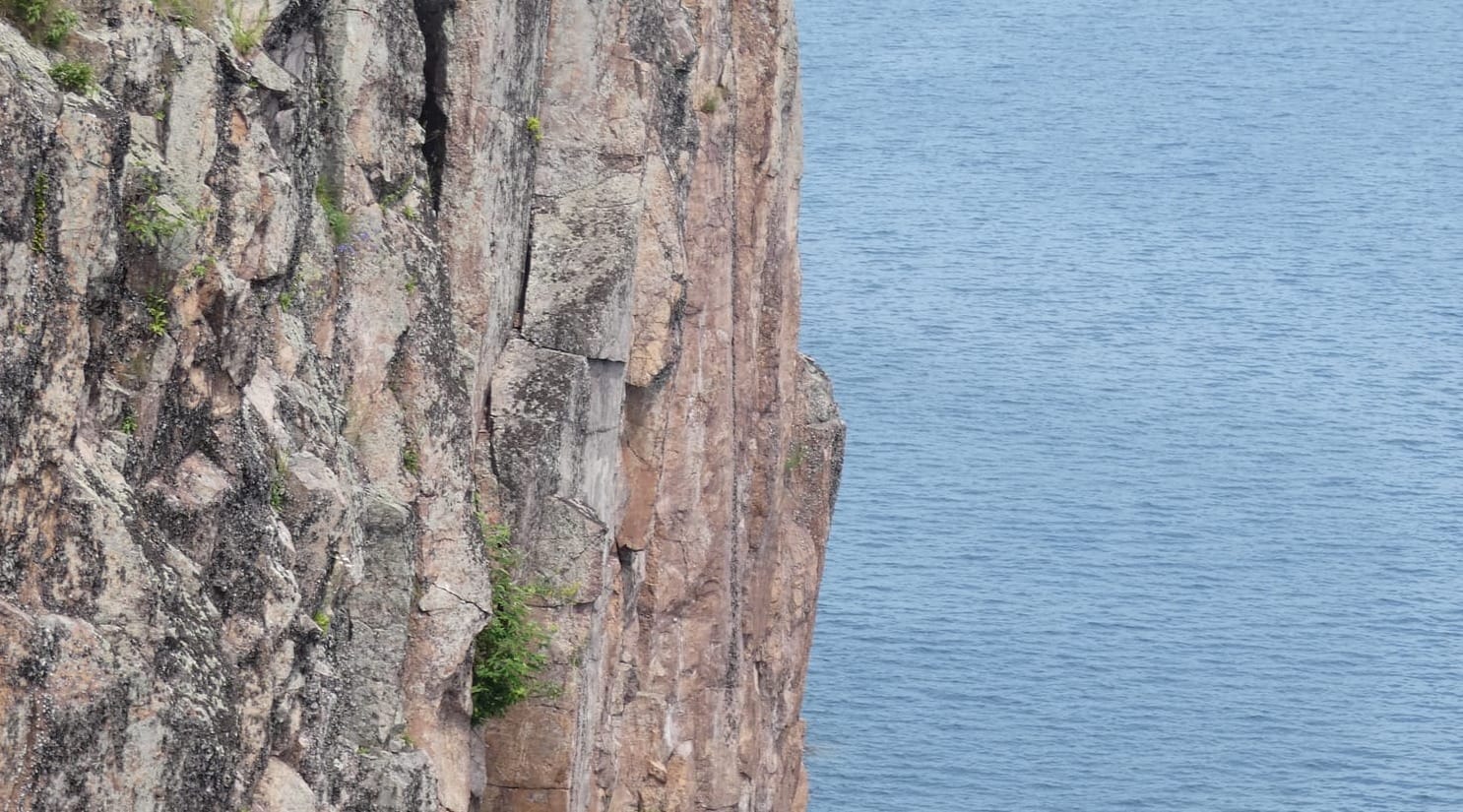
As I worked on the recent post, "Is Just Sitting Facing a Wall Enough? (available for paid subscribers), several other "wall" related items fell into my lap. In this post, I'll pass these on to you.
The first is from Katagiri Roshi's perspective concerning what we're facing when facing a wall – in the context of zazen, that is. Then there's the question of the origin of the Soto Zen practice of facing a wall. Finally, I raise the question of Bodhidharma's wall-gazing, the reputed source of "turning and facing a wall." What was the old snaggle-tooth barbarian doing?
The common thread here is the encouragement to hold what we think about Zen (and everything) with a light grip. "Touch and release," Tetsugan Sensei and I tell our Vine students. That sure applies to all wall-related dharmas. If we cling to walls about dharma practice, how can we break through?
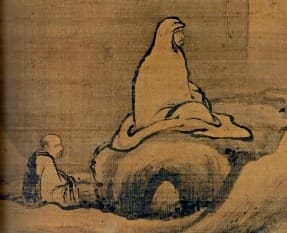
What is the meaning of just sitting and facing a wall?
This from my first book, Keep Me In Your Heart A While: The Haunting Zen of Dainin Katagiri:
Comment: The student in the above story ran into the wall of Katagiri Roshi’s “No,” complemented by, “The wall is there but the wall is not there.” Roshi, by pulling out the pins of dualistic zazen, abruptly offers us Buddha’s zazen. Throughout his teaching career, Katagiri Roshi urged us to just wholeheartedly surrender. Doing zazen in this way conveys simplicity and demonstrates tranquility. Katagiri Roshi’s Zen was an activity (in contrast to vogue Zen that emphasizes private mental experience), a vivid presentation of Buddha nature, certainly not sitting and sleeping.
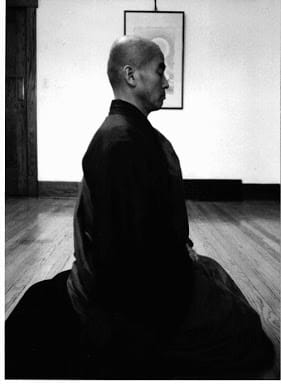

Is just sitting facing a wall a "Soto" thing?
It is well-known that in the Soto lineage, zazen is usually done facing a wall. It's said that it is the practice of Bodhidharma that has been transmitted for fifteen-hundred years. But there's reason to doubt that's true.
But first a note about the endeavor of questioning old sacred cows. Why bother to inquire about things like this? Like many old things, Zen has gotten crusty and rusty, and in my view, it's vitally important to revivify the tradition. Sometimes that means questioning things that are assumed. For example, has it really always been the Soto Way to sit facing a wall?
In the commentary for The Record of Going Easy, "Luzu Sits Facing the Wall," linked above, Wansong (1166-1244) says a couple surprising things in this regard. Wansong, remember, was a contemporary of Dogen (1200-1253), and also a successor in the Caodong/Soto transmission in the twenty-fourth generation in China.
First, Wansong says, "Ever since Bodhidharma’s nine years [of facing a wall], no one has again performed this imperative."
If nobody has done the wall-gazing practice since Bodhidharma, then there was at least a nine-generation gap in the practice between Bodhidharma and Luzu and fifteen more to Wansong. And in any case, Luzu was not a Caodong/Soto master but in the line of the great Mazu.
Wansong further says, "I, Wansong, have never faced a wall." Wansong, again, was a Caodong successor of Bodhidharma in China. And he's never sat facing a wall?
Also, as far as I know, the Chinese Caodong tradition is silent on the direction to sit in zazen. The classic text for monastic instructions, Clear Guidelines for the Chan Grove (Japanese, Zennen Shingi) offers no direction on this. And the great Caodong master Hongzhi does not appear to have instructed practitioners to sit facing a wall.
The plot thickens with Dogen. Although he mentions walls regularly in regard to Bodhidharma and in his often repeated refrain about "fences, walls, tiles, and pebbles" all being the buddhanature in the spirit of the Katagiri Roshi koan quoted above, I wondered if Dogen gave instructions for students to face the wall while doing zazen.
I first looked in all the obvious places: "Universal Recommendations of Zazen," "The Acupuncture Needle of Zazen," "The Record of Things Heard," "King of Samadhi's Samadhi," and "Ocean Seal Samadhi." In all these texts, Dogen gives no instruction to sit facing the wall.
Dogen's third-generation successor, Keizan, in his "Zazen Yojinki: Notes on What to be Aware of in Zazen" also does not give the instruction to face a wall.
What does Dogen recommend for householders? See (spoiler: there's nothing about zazen at all in his instructions - essentially, he says to find a teacher and break through a koan):

However, I then asked Kokyo Henkel Osho about this wall issue, and he correctly pointed to Dogen's "Bendoho: Model for Engaging the Way," a text with detailed instructions for monastic living. And, indeed, in "Bendoho," Dogen departs from the Chinese rules text and clearly instructs monks to sit facing a wall, saying "[...] monks face the wall and do zazen."
So that's for monks, but in his general recommendations (so for householders too), Dogen doesn't include facing the wall. Maybe it was assumed. Maybe it wasn't such a big deal. Or maybe for Dogen facing a wall was just a monastic practice within the whole container of monastic shugyo. For more on that little word that means the world:

Apart from whether Dogen did or did not recommend facing the wall for householders, my point really is about the power of questioning assumptions - in this case that facing a wall has always been the Soto way of zazen while Rinzai practitioners face away from the wall.
In both cases the true instruction is just this: keep the mind taut and open like a wall.
When did facing a wall become the standard Soto way? It doesn't seem to have been practiced among Chinese Caodong monks, Dogen seldom mentions it, Keizan is silent on the point. So I don't know.
And that's my point. Speaking of "don't know mind":
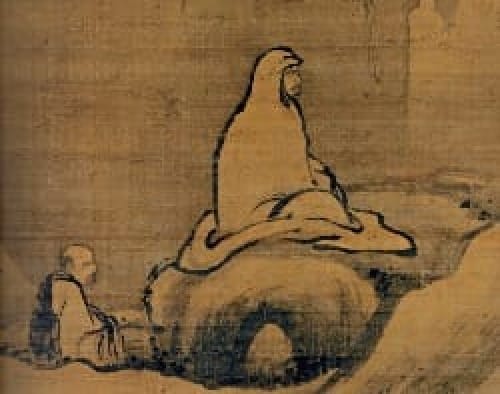
Did Bodhidharma sit facing a wall?
Maybe, but maybe not. It gets down to a translation issue. An argument can be made that instead of "wall-gazing" (Chinese, biguan), a word usually used for absorption (dhyana/chan/zen) practice, Bodhidharma may have been doing insight meditation (vipasyana). The "wall" in "wall-gazing" might have originally not been a translation of the word "wall" but the transliteration of the sound "vi" (as in vipasyana).
So it turns out that textually speaking, we can only say with high confidence that there are many things we don't know for sure - including what Bodhidharma was doing facing a wall. Or more technically speaking, we don't know shit.
Above, I've summarized the wild speculation of the renowned scholar and translator of Tiantai Buddhism (and a personal hero), Paul L. Swanson, from his In Search of Clarity: Essays on Translation and Tiantai Buddhism.
Here is Swanson's own summary of his hunch:

Again, I'm not arguing that Bodhidharma was doing vipasyana meditation. I'm simply highlighting how little we "really know" about what happened fifteen-hundred years ago.
Or, for that matter, what's "really" happening now.
Comments and questions welcome (open for paid subscribers).
Coming Soon: "A Translator's Dream"

